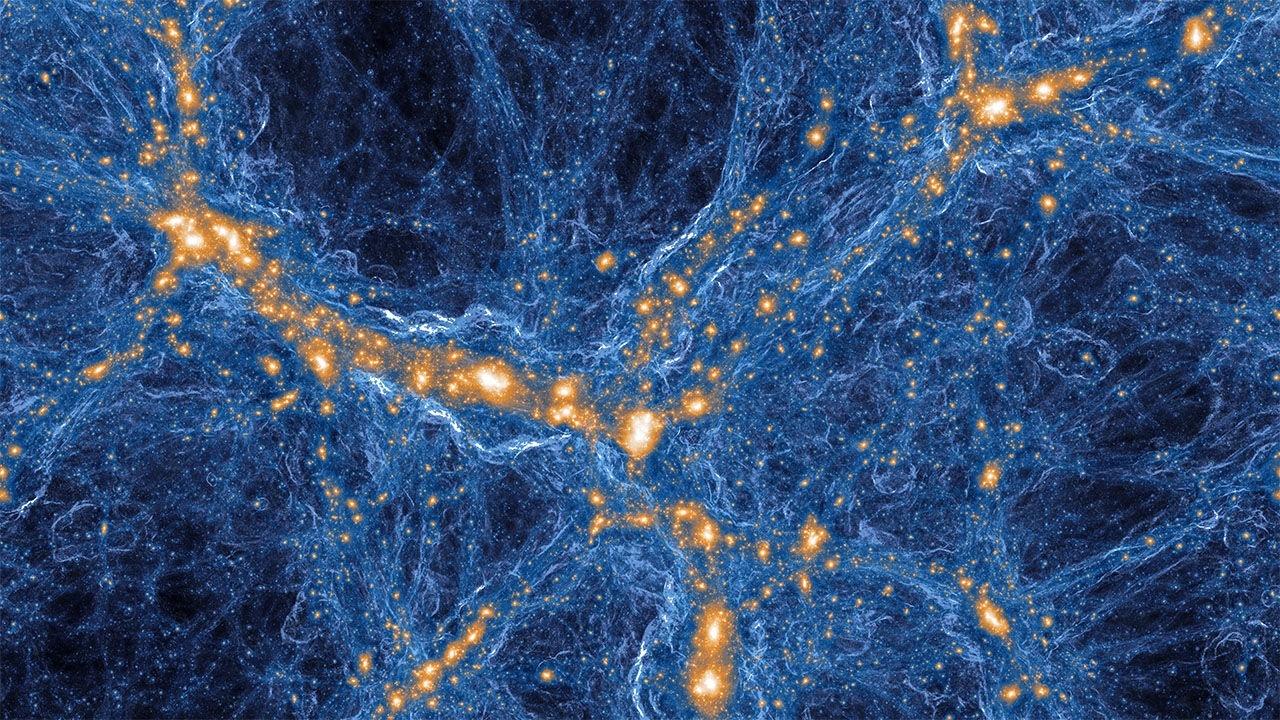The Double Cluster in Perseus
Image Credit & Copyright: Mårten Frosth
By far the most interesting thing about this APOD is all the red nebulosity it reveals, mostly in the right-hand part of the image, but also "below" the two clusters. The Double Cluster in Perseus must have been born from a gigantic gas cloud, but the overwhelming majority of pictures of them reveals no trace of any gas surrounding them. In this APOD, however, we can indeed see remnants of this gas cloud as red ionized hydrogen.
I googled "Double Cluster in Perseus", and found so many pictures of the Double Cluster without any surrounding nebulosity. But lo and behold, there were indeed a few pictures that showed red gas surrounding the clusters. The best one I found is this one:
The Double Cluster and surrounding nebulosity.
Credit: WilliamsSeaAndSky.com
In the picture by WilliamsSeaAndSky.com (and you should really check out the full version of it
here), you can see how the furious stellar winds and onslaught of ultraviolet photons from the massive hot stars have blown away the gas from within, away from stars. Barely any gas at all appears to reside in the clusters themselves, but there is gas - very thin and attenuated gas, to be sure - all around the clusters. This gas, this red nebulosity, is the remnant of the gas cloud that once gave birth to the two titanic clusters.
The red hydrogen alpha nebulosity surrounding the two giant clusters is slightly similar to the almost unthinkably hot gas surrounding "dead", non-starforming galaxy clusters. While the red hydrogen alpha nebulosity surrounding the Double Cluster has been ionized by ultraviolet radiation, the extremely hot gas surrounding galaxy clusters has been heated to millions of degrees by the enormous jets from the supermassive black holes in the largest of the galaxies in galaxy clusters.
Gas is driven out of the largest galaxies with the largest black holes, and this gas is heated to millions of degrees by the tremendous jets of the black holes. Large galaxy clusters are typically surrounded by this super-hot gas.
Can't resist showing you a picture of filaments in the cosmic web that I have posted before. Do note the long strands of light blue-colored gas that has been driven out of the golden-colored galaxies:
The fact that gas is driven out of star clusters and individual galaxies in galaxy clusters mostly prevents further star formation there.
Ann
 The Double Cluster in Perseus
The Double Cluster in Perseus


